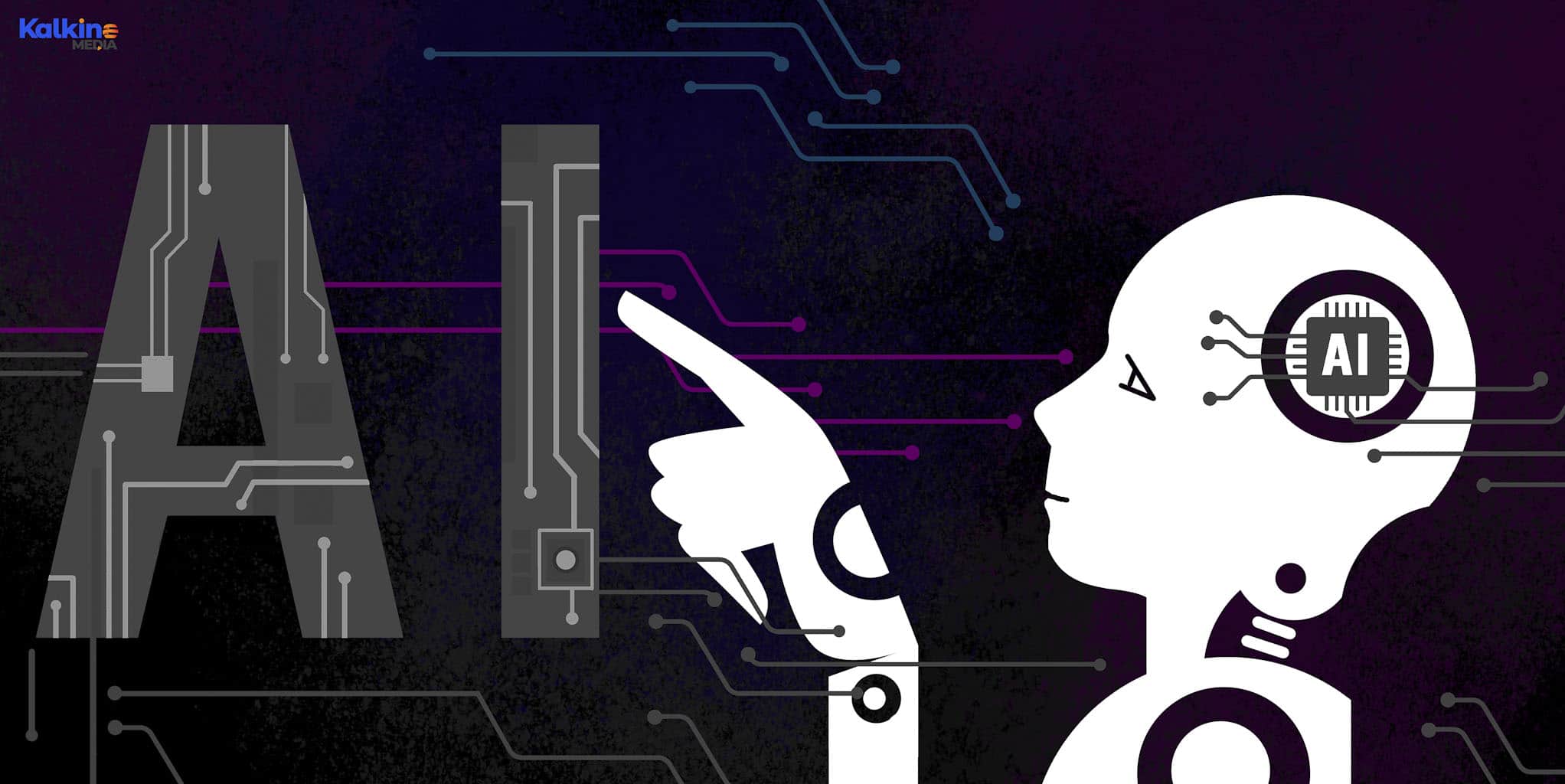HEALTHCARE
Where does Australia stand in terms of AI integration in healthcare?

WORDS: Kunal Sawhney, CEO, Kalkine Group PHOTOGRAPHY Supplied - Kalkine Group
Since the COVID-19 pandemic took hold, the cracks in countries’ current healthcare systems have become more apparent. Meanwhile, the push toward digitalisation has led to many new developments in the healthcare space. However, even with a more technological approach, the healthcare industry has not been able to sufficiently serve the existing population.
The Australian healthcare sector is no different, as it has also struggled with a shortage of medical staff and professionals, especially during the pandemic phase. Most importantly, there is a lack of general physicians who can assist with rudimentary ailments faced by patients. Moreover, healthcare workers have been subject to resourcing, pay and safety issues in different parts of Australia.
The significant burden on medical staff has prompted an urgent need to revive the healthcare sector. Some areas in need of a change are so devoid of technology that even the most basic telehealth services are not available there. However, telehealth has emerged as an efficient alternative to an in-person examination by doctors during the pandemic. Many nations have taken an active approach to develop a robust telehealth ecosystem, at least in the developed areas.
Digitisation and AI – An inseparable part of healthcare
The pandemic’s extreme stress on the medical research community has led to some of the most significant tectonic shifts in the industry, which may not have happened otherwise. Artificial intelligence (AI) has quickly become a crucial part of the global healthcare sector, giving rise to faster and more accurate results.
AI algorithms can predict many crucial ailments among patients based on the data fed into the machine. As remote monitoring tools become increasingly accessible, it is easy to collect enough patient data to feed it into AI machines to check for key health concerns. The Australian Government has also embraced such initiatives and helped finance research projects to improve Aussies’ mental health through AI.
Radiology is another area of Australian healthcare that can benefit significantly from increased AI integration. The radiology department has been undergoing a staffing crisis in the healthcare space, like most other departments. If radiology centres move towards a more AI-based approach, it could enable efficient handling of many cases in very less time. AI could also allow the provision of customised healthcare based on the needs and requirements of the patients.
Despite a range of benefits, the rapid adoption of digitisation has led to some additional challenges in the healthcare industry. Most medical institutions do not have access to high-grade infrastructures, such as fast-processing supercomputers, to carry out a technological revolution.
Moving cautiously with AI
Australian healthcare providers have adopted a series of technological reforms in a short span of time. However, there is a lack of funds that are required to facilitate a shift to AI, even as Australia is positioned to become a powerhouse of AI.
For the successful integration of AI into healthcare, the safety of all patients should be ensured with the help of regulations. In addition, Aussies need to be first acquainted with the usage and importance of AI to make new technology more accessible and adaptable.
Additionally, the efficiency of AI depends largely on how well the software has been developed. It is essential to include only ethically and medically safe procedures in dispersing healthcare services through AI. To enhance the accessibility of AI healthcare services, Australia must conduct well-funded research in the area while maintaining all safety standards. Incorporating the expertise of skilled medical professionals could further make the AI system more reliable.
However, most important is building a workforce familiar with the intricacies of AI and related operations. The government can fund various training programs that provide a hands-on experience to students. One of the latest initiatives by the federal government in the sector has been the announcement of a grant to establish AI and Digital Capability Centres.
Blending AI and Big Data
Big data refers to large data sets generally fed into data-processing software. Such data sets require high-capacity machinery and a skilled workforce to function fully. Big data can be successfully integrated into the AI-enabled healthcare industry as many data collection tools have entered the industry.
A large amount of patient data needs to be processed and converted into a comprehensive reading for the patient as well as the doctors. Bringing big data analytics into the picture would provide personalised healthcare for each patient with a high accuracy rate.
The big data ecosystem would allow scanning through heaps of previous data and develop recognisable patterns that can help the future stream of patients. Additionally, this can give birth to emergency response systems that trigger a warning each time a known pattern is entered into the AI system.
As the healthcare sector evolves, it is crucial to keep up with upcoming trends without compromising on the safety of the people. With remote monitoring technology becoming increasingly accessible post the pandemic, it is not wrong to assume that AI-enabled healthcare could soon pick up on a much broader scale.











